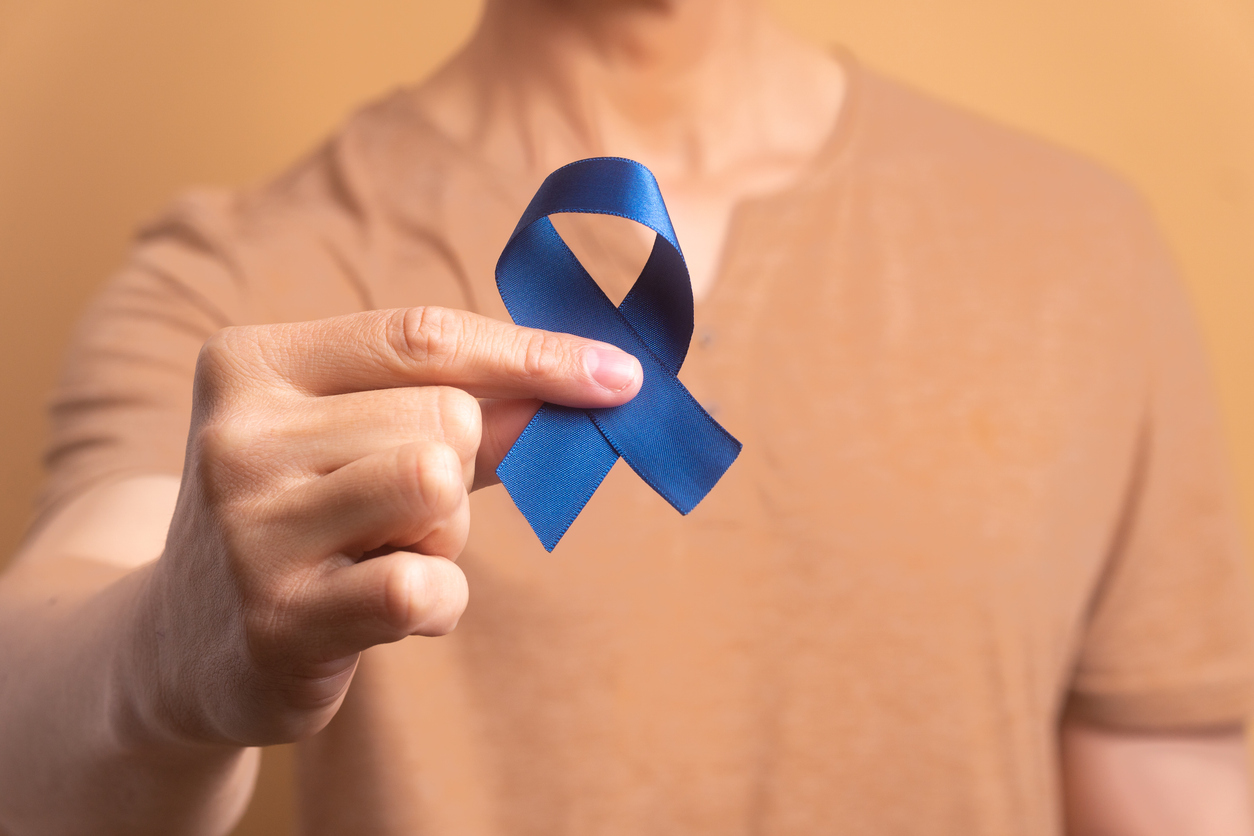2025-11-26
Testicular cancer: Does the future remain fertile?
Oncology
By Ana Espino | Published on November 26, 2025 | 3 min read
Testicular cancer is the most common solid tumor in young men and carries an excellent prognosis thanks to current treatments such as surgery, chemotherapy, and radiotherapy. However, fertility preservation remains a major concern, as these treatments can impair spermatogenesis, either temporarily or permanently.
This study was initiated to evaluate the impact of anticancer treatments on the fertility of patients with testicular cancer, by analyzing the likelihood of natural conception and the birth of a live child after treatment, according to the different therapeutic regimens received.
In this study, 4,863 men aged 15 to 55, diagnosed with testicular cancer between 1995 and 2017, were selected and randomly assigned to six groups based on their treatment: active surveillance, surgery alone, radiotherapy, or chemotherapy (1, 2, or ≥3 cycles). The median follow-up was 9.6 years.
The results show that the probability of fathering a live child after treatment was high across all groups—24% in the “surveillance” group and between 17% and 22% in groups that received active treatment. The most notable difference was found in patients who received ≥3 cycles of chemotherapy: they had a slightly reduced, but still substantial, probability of becoming fathers. Adjusted multivariate analysis showed that treatments (including chemotherapy and radiotherapy) only modestly affected long-term fertility, with a moderate impact mainly for intensive regimens.
The length of follow-up made it possible to observe that most conceptions occurred within the first five years after diagnosis. Notably, about 70% of men who had a child after cancer had not yet had one at the time of diagnosis, highlighting a substantial preservation of reproductive capacity despite treatment.
Although testicular cancer is highly curable, it raises major concerns regarding fertility preservation in young men of reproductive age. A key challenge lies in balancing oncological treatment efficacy with the minimization of reproductive sequelae.
The objective of this study was to assess the real effect of treatments on male fertility, drawing on real-world data and actual birth outcomes. The results are reassuring: the majority of men retain sufficient fertility to become fathers, even after chemotherapy or radiotherapy. Only intensive treatments (≥3 cycles of chemotherapy) appear to have a slightly unfavorable effect. These findings support personalized treatment strategies and informed discussions about sperm cryopreservation.
These results could help clinicians better inform patients, adapt treatments based on fertility goals, and emphasize pre-treatment cryopreservation according to individual risk.
About the author – Ana Espino
As a scientific writer, Ana is passionate about bridging the gap between research and real-world impact. With expertise in immunology, virology, oncology, and clinical studies, she makes complex science clear and accessible. Her mission: to accelerate knowledge sharing and empower evidence-based decisions through impactful communication.
Testicular cancer is the most common solid tumor in young men and carries an excellent prognosis thanks to current treatments such as surgery, chemotherapy, and radiotherapy. However, fertility preservation remains a major concern, as these treatments can impair spermatogenesis, either temporarily or permanently.
This study was initiated to evaluate the impact of anticancer treatments on the fertility of patients with testicular cancer, by analyzing the likelihood of natural conception and the birth of a live child after treatment, according to the different therapeutic regimens received.
Intensive treatments, impossible fatherhood?
In this study, 4,863 men aged 15 to 55, diagnosed with testicular cancer between 1995 and 2017, were selected and randomly assigned to six groups based on their treatment: active surveillance, surgery alone, radiotherapy, or chemotherapy (1, 2, or ≥3 cycles). The median follow-up was 9.6 years.
The results show that the probability of fathering a live child after treatment was high across all groups—24% in the “surveillance” group and between 17% and 22% in groups that received active treatment. The most notable difference was found in patients who received ≥3 cycles of chemotherapy: they had a slightly reduced, but still substantial, probability of becoming fathers. Adjusted multivariate analysis showed that treatments (including chemotherapy and radiotherapy) only modestly affected long-term fertility, with a moderate impact mainly for intensive regimens.
The length of follow-up made it possible to observe that most conceptions occurred within the first five years after diagnosis. Notably, about 70% of men who had a child after cancer had not yet had one at the time of diagnosis, highlighting a substantial preservation of reproductive capacity despite treatment.
Preserved fertility: a reassuring message
Although testicular cancer is highly curable, it raises major concerns regarding fertility preservation in young men of reproductive age. A key challenge lies in balancing oncological treatment efficacy with the minimization of reproductive sequelae.
The objective of this study was to assess the real effect of treatments on male fertility, drawing on real-world data and actual birth outcomes. The results are reassuring: the majority of men retain sufficient fertility to become fathers, even after chemotherapy or radiotherapy. Only intensive treatments (≥3 cycles of chemotherapy) appear to have a slightly unfavorable effect. These findings support personalized treatment strategies and informed discussions about sperm cryopreservation.
These results could help clinicians better inform patients, adapt treatments based on fertility goals, and emphasize pre-treatment cryopreservation according to individual risk.
Read next: Prostate cancer: could physical exercise be the key to regaining an active sexual life?
About the author – Ana Espino
PhD in Immunology, specialized in Virology

Last press reviews
Testicular cancer: Does the future remain fertile?

By Ana Espino | Published on November 26, 2025 | 3 min read<br>...
Nutrition: a hidden ally in cancer treatments?

By Ana Espino | Published on November 25, 2025 | 3 min read<br>...
Radium-223: a winning duo with enzalutamide?

By Ana Espino | Published on November 25, 2025 | 2 min read<br>...